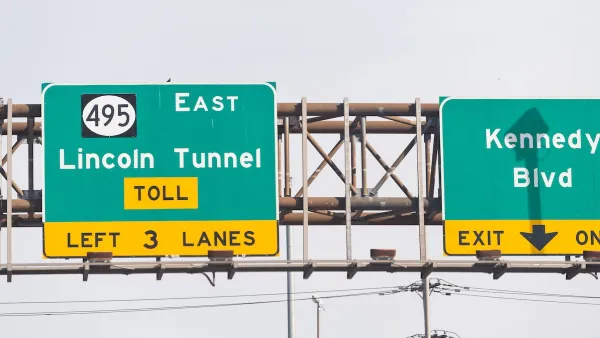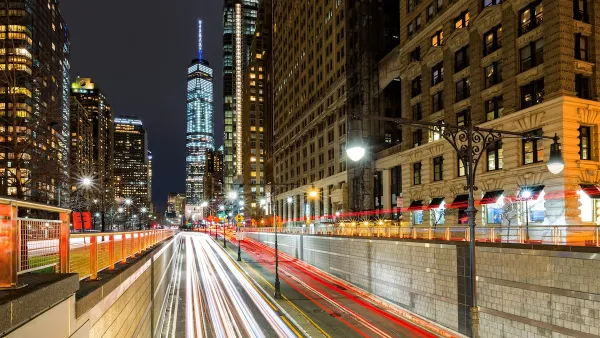Due to its successful application in cities such as London and Singapore, congestion charging has become the favored approach for changing driver behavior. However, a professor at Stanford University may have found a nicer way to change habits.
With efforts to impose congestion pricing in the United States having failed thus far, most prominently in New York City, Balaji Prabhakar, a professor of computer science at Stanford University may have found an incentive-based program to accomplish similar goals, reports John Markoff.
Choosing the carrot over the stick, Stanford deployed a new system designed by
Dr. Prabhakar's group this spring with the aim of reducing traffic congestion at peak hours. "Called Capri, for Congestion and Parking Relief Incentives,
it allows people driving to the notoriously traffic-clogged campus to
enter a daily lottery, with a chance to win up to an extra $50 in their
paycheck, just by shifting their commute to off-peak times."
"Dr. Prabhakar is a specialist in designing computer networks and has conducted a variety of experiments
in using incentives to get people to change their behavior in driving,
taking public transit, parking and even adopting a more active
lifestyle. Unlike congestion pricing,
which is mandatory for everyone and usually requires legislation,
"incentives can be started incrementally and are voluntary," he said."
"Moreover, systems based on incentives can offer a huge advantage in
simplicity. Until recently, the Stanford system required sensors around
campus to detect signals from radio-frequency identification tags that
participants carried in their cars. But the need for such an
infrastructure has vanished now that so many drivers carry smartphones
with GPS chips or other locaters."
While Markoff notes that Stanford plans to expand the popular program soon to cover parking on campus, experts disagree on whether an incentives-based system could work as well in a city such as New York or San Francisco.
FULL STORY: Incentives for Drivers Who Avoid Traffic Jams

Analysis: Cybertruck Fatality Rate Far Exceeds That of Ford Pinto
The Tesla Cybertruck was recalled seven times last year.

National Parks Layoffs Will Cause Communities to Lose Billions
Thousands of essential park workers were laid off this week, just before the busy spring break season.

Retro-silient?: America’s First “Eco-burb,” The Woodlands Turns 50
A master-planned community north of Houston offers lessons on green infrastructure and resilient design, but falls short of its founder’s lofty affordability and walkability goals.

Test News Post 1
This is a summary

Analysis: Cybertruck Fatality Rate Far Exceeds That of Ford Pinto
The Tesla Cybertruck was recalled seven times last year.

Test News Headline 46
Test for the image on the front page.
Urban Design for Planners 1: Software Tools
This six-course series explores essential urban design concepts using open source software and equips planners with the tools they need to participate fully in the urban design process.
Planning for Universal Design
Learn the tools for implementing Universal Design in planning regulations.
EMC Planning Group, Inc.
Planetizen
Planetizen
Mpact (formerly Rail~Volution)
Great Falls Development Authority, Inc.
HUDs Office of Policy Development and Research
NYU Wagner Graduate School of Public Service




























